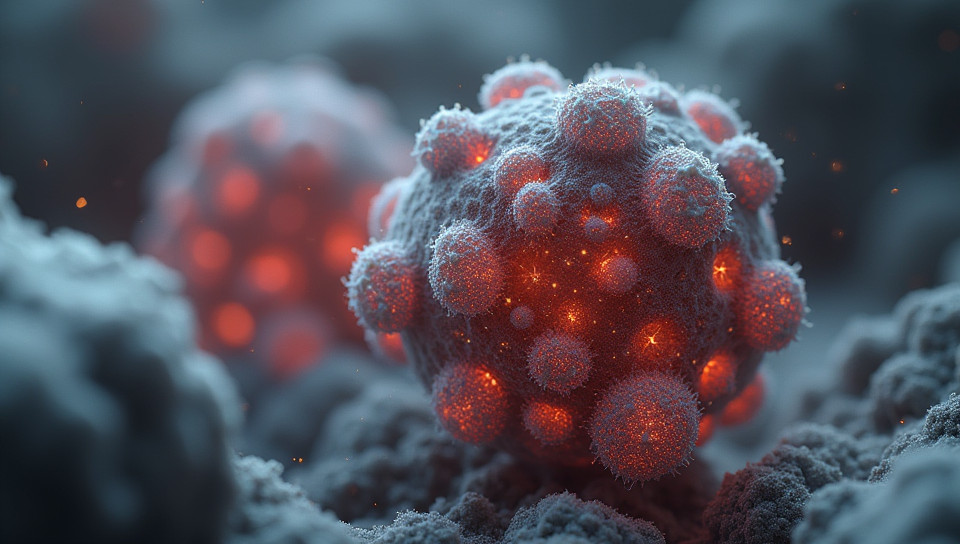Biomaterial implants can fail 42%

The Dark Side of Medical Progress: Why Biomaterial Implants Can Fail
As medical technology continues to advance at an unprecedented pace, the development of biomaterial implants has revolutionized the way we treat various health conditions. From artificial joints and heart valves to dental implants and tissue-engineered organs, these innovative solutions have significantly improved patient outcomes and quality of life. However, beneath the surface of this remarkable progress lies a concerning reality: biomaterial implants can fail.
The Risks Associated with Biomaterial Implants
While biomaterials are designed to be biocompatible and safe for use within the human body, they are not infallible. In fact, implant failure is a significant concern in the medical community, affecting millions of patients worldwide each year. There are several factors that contribute to this issue:
- Corrosion or degradation of the biomaterial over time
- Infection or inflammation caused by the implant itself or foreign substances introduced during surgery
- Mechanical failure due to wear and tear or improper design
- Rejection of the implant by the body's immune system
The Consequences of Implant Failure
The consequences of biomaterial implant failure can be severe, ranging from minor complications to life-threatening conditions. In some cases, implant failure may require additional surgeries or extensive medical treatment, which can be costly and time-consuming. Furthermore, implant failure can lead to chronic pain, limited mobility, and a reduced quality of life.
What Can Be Done to Prevent Implant Failure?
While the risks associated with biomaterial implants cannot be eliminated entirely, there are steps that can be taken to minimize the likelihood of failure:
- Improved design and testing protocols for new biomaterials
- Enhanced surgical techniques and training for implant placement and maintenance
- More effective infection control measures during surgery and post-operatively
- Better patient selection and monitoring to identify potential risks
Conclusion
The development of biomaterial implants has been a significant achievement in medical science, but it is essential that we acknowledge the potential risks associated with these devices. By understanding the causes of implant failure and taking proactive steps to prevent it, we can ensure that patients receive safe and effective treatment for their health conditions. As medical professionals, researchers, and policymakers, it is our responsibility to prioritize patient safety and well-being in the pursuit of innovative medical solutions.
- Created by: Aline Rocha
- Created at: Feb. 4, 2025, 1:07 p.m.
- ID: 20009









